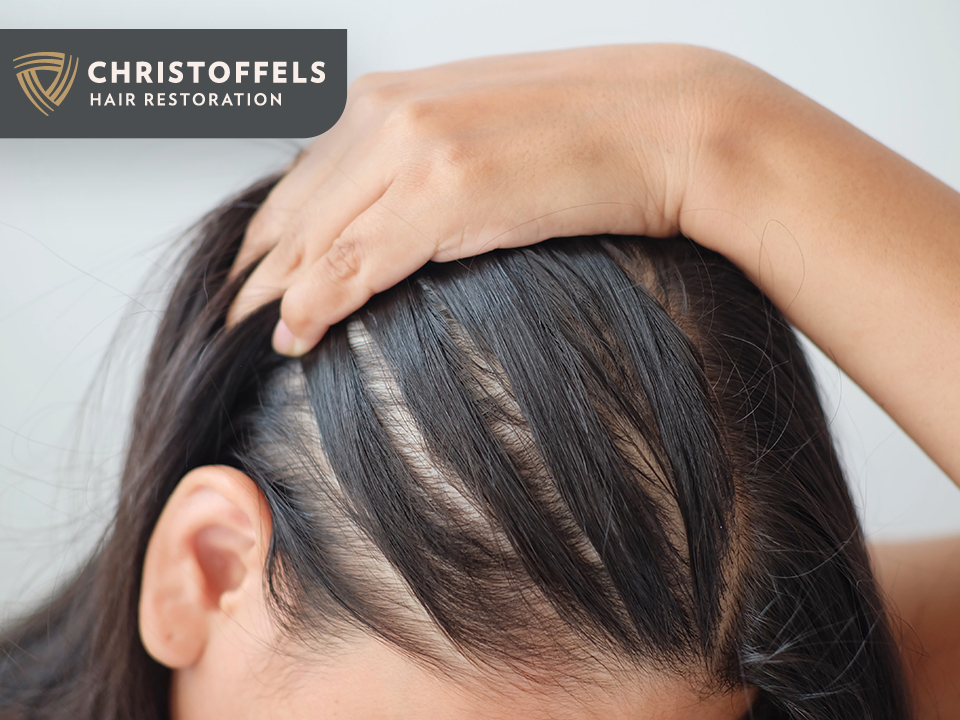Blitz News Digest
Stay updated with the latest trends and insights.
Hair Today, Gone Tomorrow: What’s Your Bald Spot Trying to Tell You?
Discover the secrets behind your bald spots and what they reveal about your health in this eye-opening guide!
Understanding the Causes of Hair Loss: Decoding Your Bald Spot
Understanding the causes of hair loss is essential for anyone noticing changes in their hair, particularly when it comes to bald spots. Hair loss can stem from a variety of factors, including genetic predisposition, hormonal changes, nutritional deficiencies, and health conditions. For example, androgenetic alopecia, commonly known as male or female pattern baldness, is one of the most prevalent causes, largely influenced by genetics. Stress and medical conditions such as thyroid disorders or autoimmune diseases can also contribute significantly to hair thinning and loss.
Furthermore, lifestyle choices play a crucial role in decoding your bald spot. Nutritional deficiencies, particularly in vitamins and minerals like iron, zinc, and biotin, can lead to weakened hair follicles. Additionally, harsh hair care practices, such as frequent use of heat styling tools or chemical treatments, can exacerbate hair loss. Addressing these factors not only aids in understanding why bald spots occur but also in developing an effective strategy to manage and potentially reverse the process of hair loss.

How to Identify and Address the Signs of Thinning Hair
Thinning hair is a common concern that affects many individuals, and recognizing the signs of thinning hair early can be imperative for timely intervention. One of the first indicators is an increase in hair shedding; if you notice more strands on your brush or in the shower, it could signal a problem. Another sign is a change in the density of your hair, especially at the crown or temples. It’s also essential to pay attention to the overall texture and health of your hair. If your usual styles seem less voluminous or you’re having difficulty holding curls, these may all be clues that your hair is thinning.
Addressing the issue of thinning hair begins with understanding its potential causes. Factors such as stress, nutritional deficiencies, and hormonal changes can contribute to hair loss. To combat these, consider incorporating a balanced diet rich in vitamins and minerals, particularly biotin and zinc, which are essential for healthy hair growth. Additionally, adopting a gentle hair care routine that minimizes heat styling and harsh chemicals can help protect your hair. If you continue to experience thinning, consulting with a healthcare professional or a dermatologist can provide personalized advice and possible treatment options tailored to your specific needs.
What Your Bald Spot Reveals About Your Health: Top Insights to Know
Bald spots can often be more than just a cosmetic concern; they may indicate underlying health issues. What your bald spot reveals about your health can vary significantly, depending on factors such as genetics, stress levels, and nutrition. For instance, if you're experiencing sudden hair loss along with fatigue and weight changes, it might be worth consulting a healthcare professional to rule out conditions like thyroid disorders or autoimmune diseases. Additionally, certain vitamin deficiencies, like those related to Vitamin D and iron, can lead to hair thinning, emphasizing the importance of a balanced diet.
In some cases, bald spots can also signal heightened levels of stress that may result in conditions like alopecia areata, where the body attacks its own hair follicles. To better understand the connection between your hair and well-being, consider these key insights:
- Track your symptoms: Keep a journal of any hair changes alongside other physical or emotional symptoms.
- Consult a professional: A dermatologist can determine if your hair loss is due to a treatable condition.
- Practice stress management: Techniques like meditation and exercise can help mitigate stress-related hair loss.